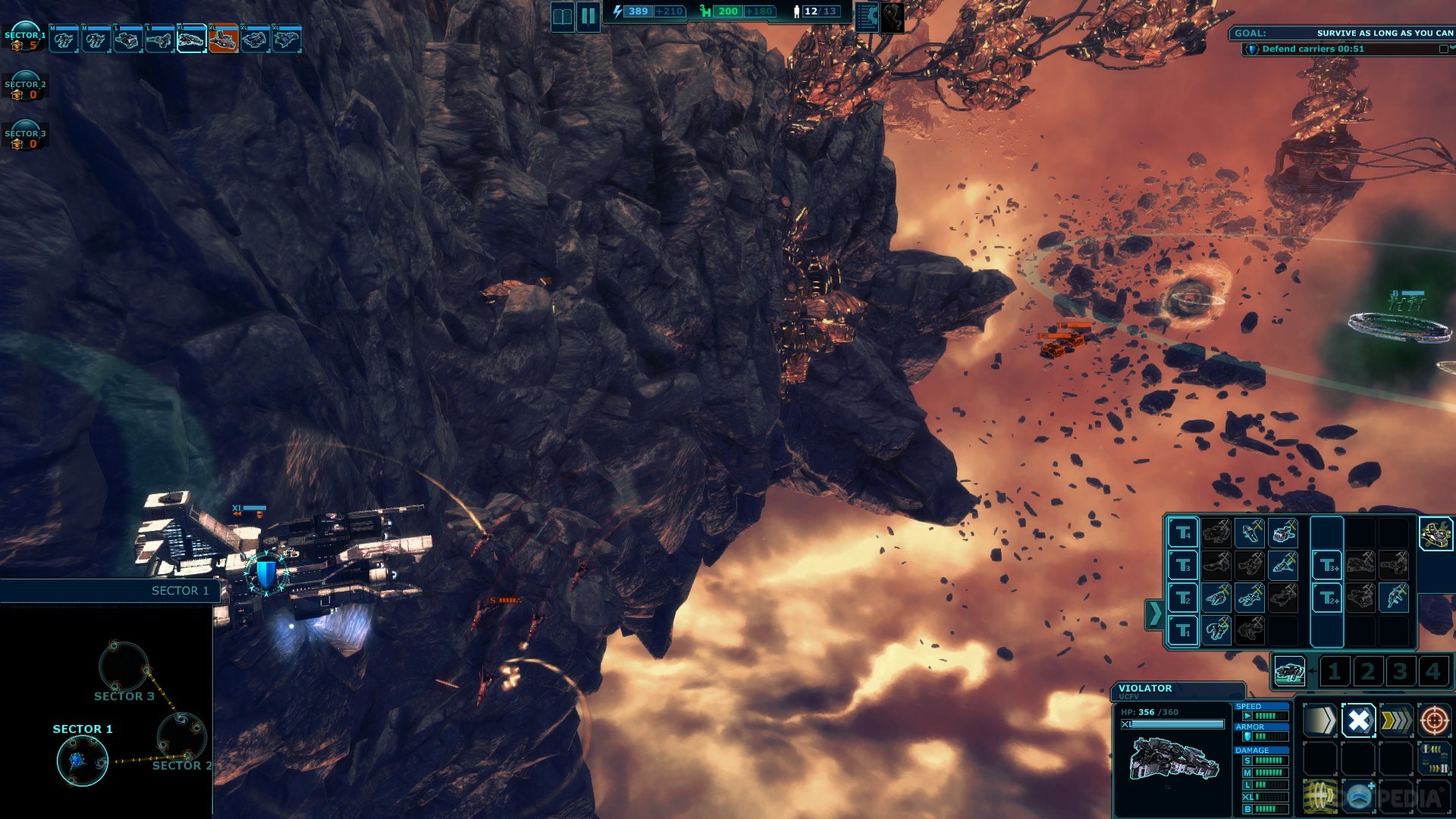

He has also written for the BBC, NBC News. space, archaeology, the Earth and the oceans. Plot: After a computer takes over a spaceship, the passengers seek refuge in a lifepod (a space-age life boat) as they plot to regain control of the ship. Related: 2,600-year-old stone busts of 'lost' ancient Tartessos people discovered in sealed pit in Spain. GS-9209 was first discovered in 2004 by Edinburgh PhD student Karina Caputi, who was supervised at the time by professors Jim Dunlop and Ross McLure at the university’s School of Physics and Astronomy. Plot: Ancient vampires from outer space return to Earth via Halleys Comet and prey on the citizens of London. When supermassive black holes grow they release huge amounts of high-energy radiation, which can heat up and push gas out of galaxies.Īccording to the researchers, this could have caused star formation in GS-9209 to stop, as stars form when clouds of dust and gas particles inside galaxies collapse under their own weight. The discovery could explain why GS-9209 stopped forming new stars, the astronomers say. Branson became the first person to blast off in his own spaceship, beating Bezos, the richest person on the planet, by nine days. It is five times bigger than astronomers might anticipate in a galaxy with this number of stars. The study also suggests there is a supermassive black hole at the centre of GS-9209. When the researchers observed it at 1.25 billion years after the Big Bang, no stars had formed in the galaxy for about half a billion years.

GS-9209 is the earliest known example of a galaxy no longer forming stars – known as a quiescent galaxy. A 3000-year-old spaceship-looking artifact is one of the most famous vehicles that supposedly prove the fact of the ancient aliens’ arrival on Earth. Here, a spaceship crashes on earth with its crew of half-horse, half-man. The researchers found that despite being around 10 times smaller than the Milky Way, GS-9209 has a similar number of stars to our own galaxy.Īccording to the study, their combined mass is around 40 billion times that of our sun, and they were formed rapidly before star formation in GS-9209 stopped. Ancient Greek warriors find a spaceship from Jupiter and mistake it for a. “The fact that we also see a very massive black hole in this galaxy was a big surprise, and lends a lot of weight to the idea that these black holes are what shut down star formation in early galaxies.” “This work gives us our first really detailed look at the properties of these early galaxies, charting in detail the history of GS-9209, which managed to form as many stars as our own Milky Way in just 800 million years after the Big Bang. Lead researcher Dr Adam Carnall, of the University of Edinburgh’s School of Physics and Astronomy, said: “The James Webb Space Telescope has already demonstrated that galaxies were growing larger and earlier than we ever suspected during the first billion years of cosmic history.


 0 kommentar(er)
0 kommentar(er)
